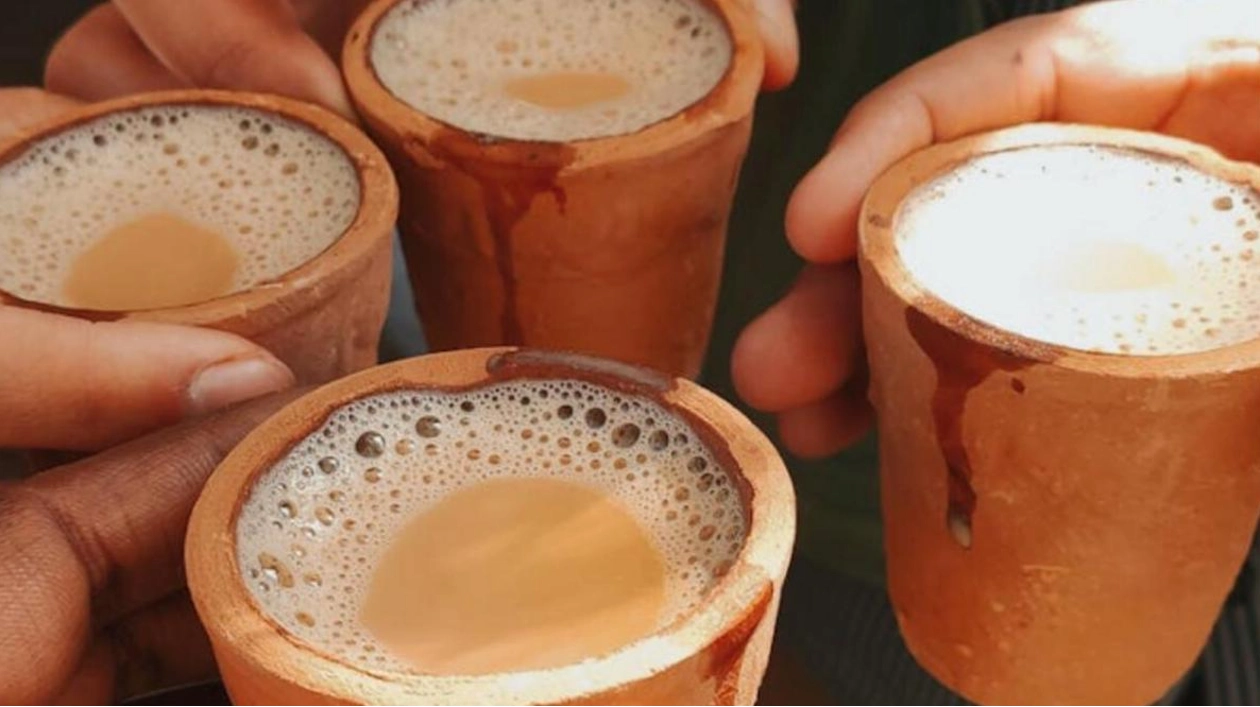It seems we've been sipping tea incorrectly all along. The debate over adding milk, whether a little or a lot, and when to add it—before or after brewing—has been a long-standing one. Susmita Das Gupta, the founder of the Indian School of Tea in Bengaluru, is eager to clarify that tea originated in China, particularly excelling in green tea, which should never be mixed with milk.
Is strong tea, or kadak tea, incorrect? Not necessarily, it's simply a recipe. Das Gupta explains, "Chai is a recipe, tea is the product used to make chai," emphasizing the need to distinguish between the two. She notes that 64 percent of Indians consume tea but lack knowledge about its proper consumption, as mass tea drinking only started in the 1950s, despite tea production dating back nearly 200 years.
Drinking tea 'the chai way' was taught by the British, which has prevented us from truly appreciating the various types of tea produced in regions like Darjeeling, Himachal, Meghalaya, and Tripura. Das Gupta aims to change this through the Indian School of Tea, which launched on April 16, offering programs that educate on the basics of tea, including how to drink it, its types, and flavor profiles.
Das Gupta also points out that not all beverages labeled as tea are true teas. Herbal teas, for instance, are simply herbs steeped in hot water, lacking actual tea leaves. When herbs are added to tea, they are termed infusions or tisanes. Blended tea involves mixing more than two types of tea. Understanding the unique brewing and steeping processes for different teas, such as white, green, oolong, and black, is crucial for a perfect brew.
Das Gupta stresses the industry's role in educating the public about how to enjoy these varieties. Despite producing 183 million cases of tea annually, India faces declining tea consumption due to competition from coffee. The Indian Chamber of Commerce has established a tea committee to raise awareness, though this will take time.
The tradition of adding milk to tea originated in London due to the high cost of tea and sugar in the early 1800s. The British, wanting to control tea production from China, initiated the Opium Wars and began cultivating tea in India. To create a cheaper tea version, the CTC method was introduced in the 1930s in Assam, making tea more accessible to the average Indian household.
Tea was once considered poisonous in India, leading to Mahatma Gandhi's anti-tea campaign. Companies like Brooke Bond countered this by selling tea door-to-door, adding it to fresh milk to promote its health benefits. Sugar was later added to enhance palatability, resulting in the common milk tea concoction we know today.






